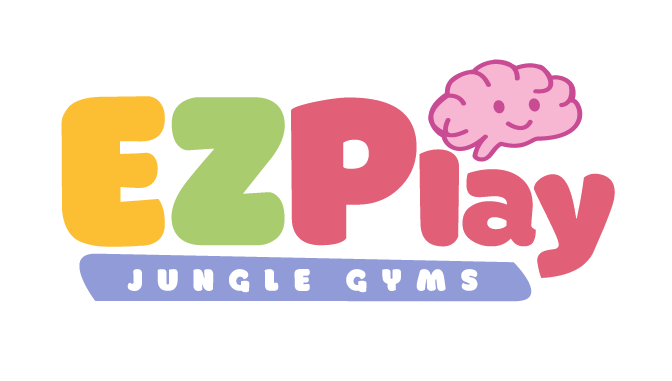
Screens vs. Movement: What Builds the Brain (and What Holds It Back)
Written by Dr. Stefanie Rodsater, Pediatric Chiropractor and Founder of Building Brilliant Brains
Let’s be real-screens are everywhere.
And sometimes, putting on a show feels like survival.
But here’s what most parents don’t realize:
Screens and movement are not equal brain inputs.
In fact, they do opposite things.
🧠 Screens keep the brain passive.
🧠 Movement lights it up.
If you want to build your child’s brain, boost emotional regulation, and support real learning-movement has to come first.

What Happens to the Brain During Screen Time
Screens light up the brain’s visual and reward systems, but they bypass the systems responsible for:
-
Problem-solving
-
Creativity
-
Body awareness
-
Emotional regulation
-
Language development
Too much screen time can lead to:
🚩 Shortened attention span
🚩 Sensory dysregulation
🚩 Delays in speech and motor skills
🚩 Difficulty transitioning
🚩 Poor posture, breathing, and sleep
Why Movement Builds the Brain
Your child’s brain develops through active input—not passive consumption.
🌀 Vestibular input teaches balance, spatial awareness, and organization
💪 Proprioception builds body awareness and emotional regulation
🖐️ Tactile input wires the brain for curiosity, coordination, and focus
This is what Glenn Doman meant when he said:
“The brain grows by use.”
And “use” means crawling, climbing, hanging, balancing, and jumping—not just watching.
Screen-Free Swaps That Actually Work
Here are some easy ways to swap screen time for movement-based, brain-building play:
📱 Instead of: Morning cartoons while you prep breakfast
💡 Try: Balance board surfing in the kitchen
Use the EZPlay Wobble Balance Board and let your child “ride the waves”
✅ Builds core strength + vestibular input
✅ Keeps them close, moving, and focused
📱 Instead of: iPad for transitions or tantrum prevention
💡 Try: Jump + hang reset
Set up a quick “reset station” using your EZPlay jungle gym
✅ Do 5 jumps + 5 seconds hanging
✅ Regulates the nervous system, naturally
📱 Instead of: TV before bed
💡 Try: Climb, swing, crawl, then tent wind-down
Use the Koala Playset for climbing + the Panda Teepee as a cozy reading spot
✅ Movement first = calmer sleep
✅ Improves melatonin and reduces night-waking
Why This Works
Movement isn’t just exercise—it’s neurological input.
Every time your child moves their body in new ways, their brain:
✅ Builds new connections
✅ Improves coordination and focus
✅ Strengthens emotional self-regulation
✅ Wires itself for learning, language, and behavior
And when you use tools like EZPlay indoor gyms, you make brain-building easy and fun.

Final Thoughts
We’re not here to shame screen time.
We’re here to remind you that your child’s brain was designed to move, explore, and play.
Screens are passive.
Movement is powerful.
So even if you can’t ditch screens entirely—start with one swap.
Build in one movement opportunity.
Create one corner of your home that invites the body (and brain) to wake up and grow.
🧠 Want tools that help your child move, play, and regulate—no screen required?
Explore EZPlay’s indoor jungle gyms and sensory play gear to turn your home into a brain-building sanctuary.








